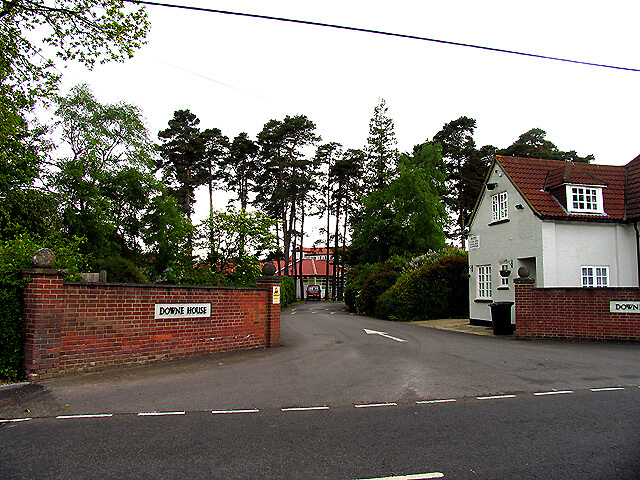An increasing number of sellers are withdrawing their properties from the market.
More than one third of sellers removed their property from marketing websites last month – the highest number since September 2020. The reason for the fall is down to buyers offering sums much lower than hoped for by the seller.
The research, by property researchers TwentyCi, shows buyers are hoping to cash in on the slowing down of the property market. This, however, is having a negative effect since it means fewer properties are available to buy and those that are listed, are more likely to retain their price. Overall though, the result, is increasing stagnation in the marketplace.
Analysts are confident that many of these withdrawn properties will come back onto the market in the spring, when the activity is traditionally strongest. The majority of withdrawn properties are in central London where prices are highest. Sellers there tend to be able to afford to ‘wait it out.’
Shrinking market caused by ‘over-inflated’ prices
One reason for sellers withdrawing their properties is that they were merely’ testing out’ the market anyway with an over-inflated price. In other words, they were in no hurry to move. Other genuine sellers are realising they’ve missed the price bonanza and removing property in order to rethink their strategy. Certainly, with mortgage rates expected to fall as the year goes on, there is hope the market with enjoy a revival of buyers.
Figures from the government’s Office for Budget Responsibility, revealed last week, show property prices are expected to fall by around 10 per cent from their peak last year. This is an increase of one per cent greater than was previously predicted.
Poor Ofsted ratings affecting house prices
Meanwhile house sellers who live in the vicinity of a state school with a failing Ofsted record, may be forced to take £20,000 of the price of their property.
The government’s school grading system is having a marked effect on house prices, says a survey by Hamptons estate agents. Their research shows that the price of properties with a catchment area for a school that had been downgraded by just one point (ie from ‘good’ to ‘needs improvement’) were two per cent lower than their nearby equivalents.
A two grade-drop was even more detrimental to sellers, with a five per cent drop in the value of their property. That’s an average of around £20,171.
Around 80 per cent of top rated schools downgraded
The schools Ofsted inspectors graded had all been marked as ‘outstanding’ in 2012. But, a decade later, up to 80 per cent of these education establishments had been downgraded. Four per cent had been re-graded as “inadequate.” In one area – Plymouth with Millbay Academy – house prices fell by 11 per cent last year.
Of course, the converse is true too. A one grade improvement can result in a property price boost of £4,731 (one per cent), while property sellers in an area where a school has received a two-grade boost can expect to sell for, on average, an additional £22,088 (or six per cent).
Get in touch
Keep up to date with property market news by subscribing to a free trial of Blue Bricks magazine here today. You can cancel after the trial and it costs nothing, or it’s just £9.99 if you like it and want to continue (which we’re sure you will).
